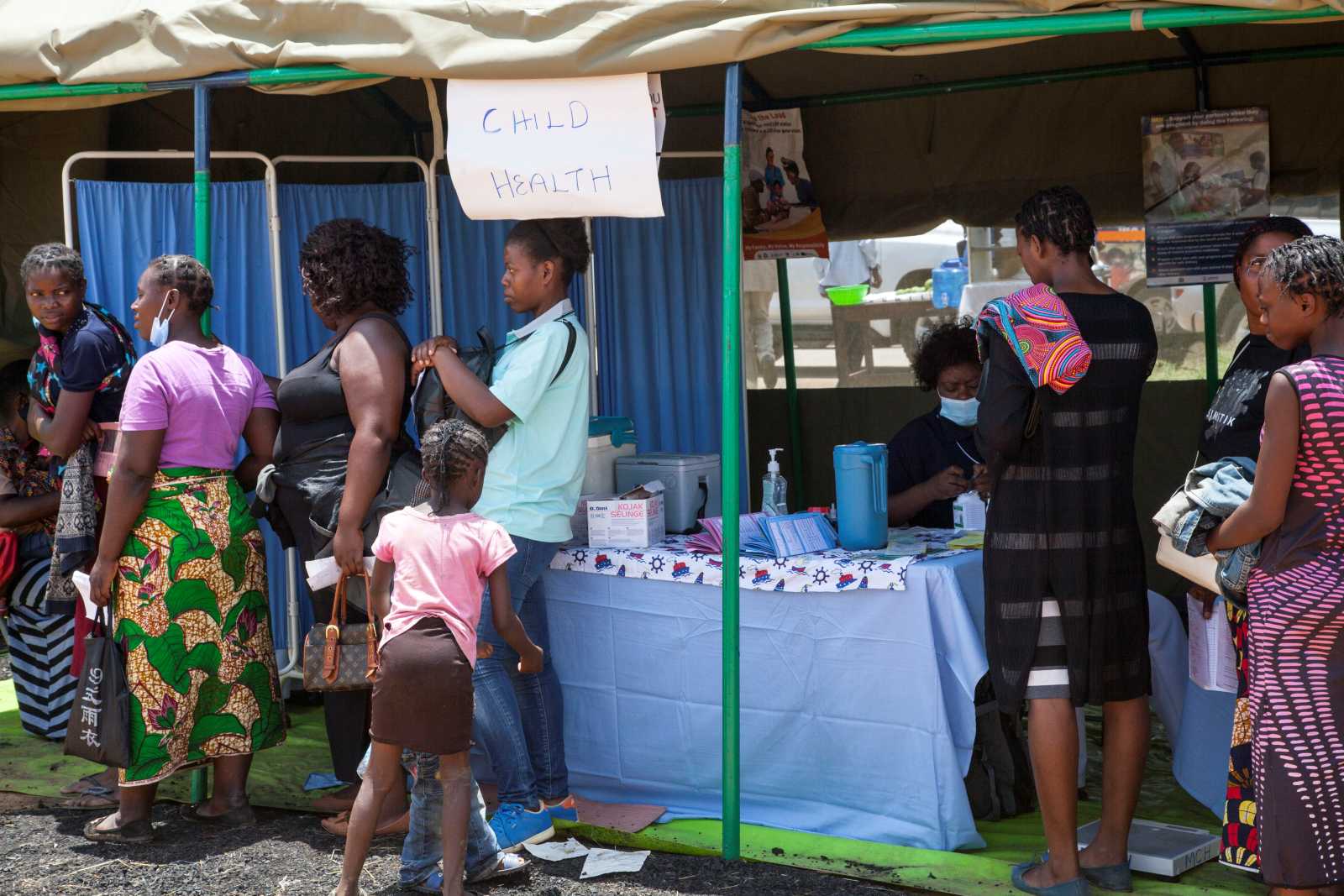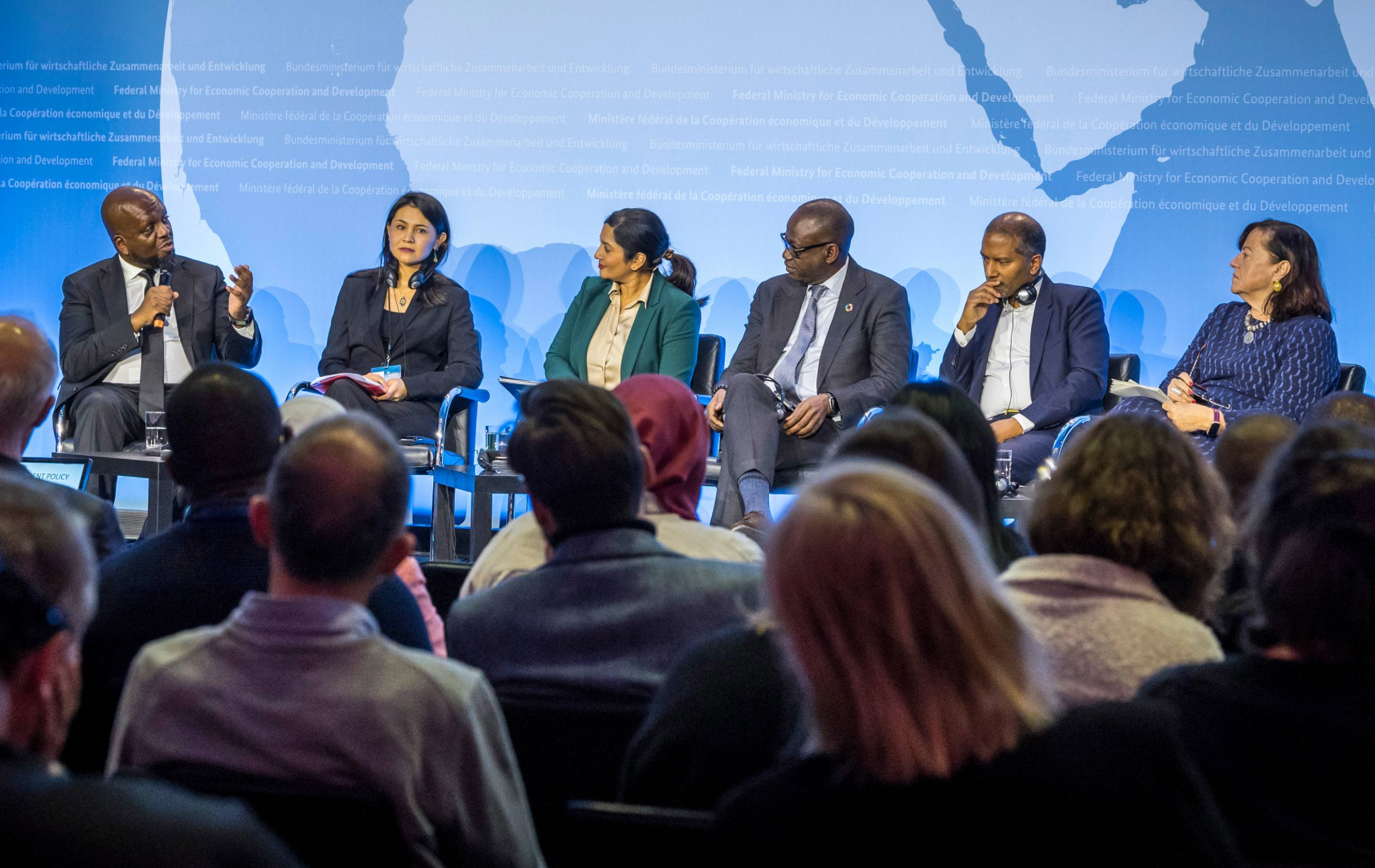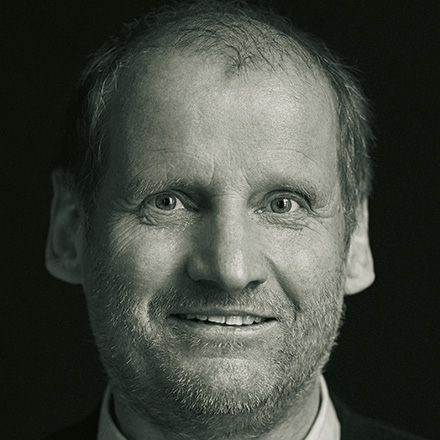Target groups
Prescribed independence
Back in 1973, Robert McNamara, the World Bank president at the time, demanded that participation be assigned a key role in development cooperation. These days, accordingly, the wish is to encourage the self-organisation of developing countries with respect to institutionalisation and democratisation. Previous experience with unilateral donor-recipient model concepts – in which people in the target countries were only allowed to play the role of the passive recipient – were not always the best.
Development workers believed for a long time that the Third World simply needed financial assistance and knowledge transfer to get started. They expected trickle-down effects from large projects which had been discussed and agreed with the partner governments without involving the local people. However, no long-lasting stimulus for development materialised.
In Burkina Faso, for example, the implications of development assistance being given without taking the people concerned into consideration became evident. In the 1980s, the government under Thomas Sankara tried to strengthen the impoverished rural population and to increase agricultural production by using measures that made technical sense. The top-down approach implemented in military fashion – which included free-grazing cattle being shot – failed, however.
The people in peripheral regions thought that the central government wanted to withhold prospects for development from them, forcing them to discontinue practices they needed for survival. Not understanding the sense of the prescribed measures, they acted just the opposite way.
These experiences led to the belief that local communities would accept changes if they were involved. In fact, there are several factors in favour of this. Rather than negotiating with only the government, addressing the affected communities directly gives them the opportunity to articulate and include their interests independently. This can be combined well with goals such as democratisation and conflict management.
In northern Kenya, participative projects by the GTZ (German Technical Cooperation) are structured in such a way that they link the primary aim of improving the use of rural resources with inter-ethnic conflict management. Here, members of different ethnic groups form committees to discuss the individual steps together. It is assumed that those who participate will also develop more awareness of the problem and can introduce their own ideas – for example, concepts of traditional land use which development workers are unfamiliar with.
Previously, projects often folded as soon as the donors’ financial assistance had run out. The recipients could not continue the projects on their own. Donor organisations therefore turned to “cost participation”, whereby from the very beginning the developing country and affected communities have to raise a portion of the funds themselves. This is supposed to guarantee the continuation of projects.
Problems with implementation
Despite all its advantages, one of the disadvantages of participation is that it is not always easy to put into practice. German development projects are essentially based on country concepts and strategy papers targeting specific issues. It is practically impossible to work out these basic frameworks together with the local communities. There is a rule of thumb saying that participation is lowest at the beginning of projects. In other words, donors continue to prescribe the basic strategy alone.
The question then also arises of who precisely should participate. The extent to which a project concerns what groups is often unclear. Precise target group analyses are not carried out, and those who want to participate first are seldom the most in need. Numerous projects are so extensive that not all affected parties can take part. Many development workers in the field are also often overstrained because they lack the experience to convey the concept and apply it in a flexible manner. The strict hierarchies of implementing agencies and formal constraints with respect to administration additionally make participation difficult. Participation alone does not automatically lead to development. It is merely a means to make projects that promote development easier.
Considered closely, the image of passive people in need of support in the Third World has not changed. For the most part, development workers who favour participation see themselves as advocates of marginalised sections of the people who use participation as a remedy to solve their problems. Prescribed participation, however, is anything but an expression of independence.
Especially where non-governmental organisations (NGOs) are involved, the state is relieved of its socio-political responsibility. Such duties are taken on either by NGOs – in Bangladesh, for example, they are responsible for 30 % of primary school education – or the poor themselves, who keep the operation of healthcare facilities running. If poor people cannot afford to contribute their share of the costs, projects are not carried out. On the other hand, if donors triy to involve the government, projects are only implemented where the opportunity costs to be borne by the developing country are low. Funds earmarked for development projects are instead used for budget items which the government may deem to be more important. If the central government has no interest in the development of peripheral regions, projects in these areas fail to get underway as a matter of principle due to cost participation.
Opportunity costs are also relevant at a lower level: a precondition for participation is that people have the time to discuss and debate the measures. If a resident in the outskirts of the city spends the entire day struggling to make sufficient income through precarious employment to secure his survival in the short term, he is unlikely to find the time for this. Therefore, it tends to be privileged people who participate – a considerable disadvantage.
Negative effects
Over 40 years ago in his work “The Logic of Collective Action”, which is still cited today, Mancur Olson explained that it is difficult for large social groups to produce goods for collective use – for example a village school – from which everyone benefits. The individual involved gains relatively little from the collective good because many benefit from it. Since no one can be excluded from using the collective good, it is rational for an individual not to participate in producing it and to take advantage as a “free rider”. The conclusion: the more beneficiaries, the fewer opportunities to act collectively.
In small social groups, by contrast, a collective good is shared between just a few. Therefore, individual engagement results in a relatively large share of the collective benefit.
Seen from this point of view, small groups are more likely to get involved in development projects and to bring in their particular interests because each individual hopes for high benefit from it. It is unlikely that the majority of affected persons actively participates and therefore strengthens the majority interests. This is confirmed by experiences of community management in South Africa. Only well-organised groups which represent particular interests in line with the logic of collective action assert themselves in the long term.
Furthermore, projects increase the demand for participants. Self-organised groups as an expression of civil-society engagement are supposedly an effective means to receive development assistance. Local communities adapt to the participation paradigm. They learn which demands they can enforce through which kinds of behaviour. Townspeople declare they were born in the countryside in order to benefit from programmes for rural regional development, village chiefs set up women’s groups and cooperatives are converted into private companies and vice versa – depending on which receives more development aid.
Participation often also weakens the position of experts. In projects to combat desertification, for instance, the affected local communities may expect an increased harvest at the same time. While this undermines the development project, it is necessary for participative action to work. In the Central African Republic, for example, participating parties have considered their contribution to projects as work for which they want to beremunerated.
All told, the legal framework is seldom such that marginalised people can found NGOs and openly and democratically bring in their interests. Participation is often made subordinate to traditional local structures, which conflicts with the actual objective. Clan and tribal structures seldom correspond to Western concepts of democracy and gender equality. Development agencies are therefore at risk of reinforcing an anti-development environment.














